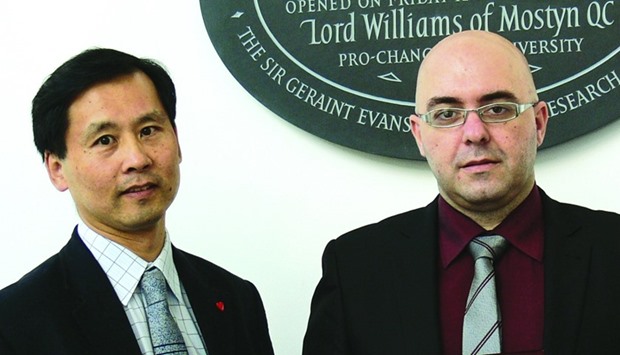Hereditary leukonychia is characterised by distinctive whitening of the nail plate of all twenty nails. CMED assistant professor of biochemistry Dr Michail Nomikos, who led the study, explained that the disorder may exist as an isolated feature, or in simultaneous occurrence with other cutaneous or systemic pathologies.
The study demonstrates the importance of PLC-mediated calcium signalling within the manifestation of hereditary leukonychia. PLCδ1 is almost ubiquitous in mammalian cells, which may explain why hereditary leukonychia manifests in association with other systemic pathologies relating to keratin expression.
Dr Nomikos said both dominant and recessive inheritance is known to underlie manifestation of this nail disorder. The study underlines the level of research being conducted at QU-CMED, he added.
Chair of Calcium Signalling Laboratory at Cardiff University College of Biomedical and Life Sciences Prof F Anthony Lai said the major discovery of structural and functional changes in the mutant protein causing hereditary leukonychia represents an excellent research study. "The very important report on this work published in the Federation of European Biochemical Societies Journal demonstrates the significance of productive international cooperation in advancing our understanding of the processes that cause human diseases."

Dr Michail Nomikos and Prof F Anthony Lai
A research breakthrough conducted by a faculty member at Qatar University College of Medicine (QU-CMED) in collaboration with a team from Cardiff University and the National Centre for Scientific Research “Demokritos” has discovered the functional association between hereditary leukonychia, a rare genetic nail disorder, and mutations in the gene encoding phospholipase C delta-1 (PLCδ1).


